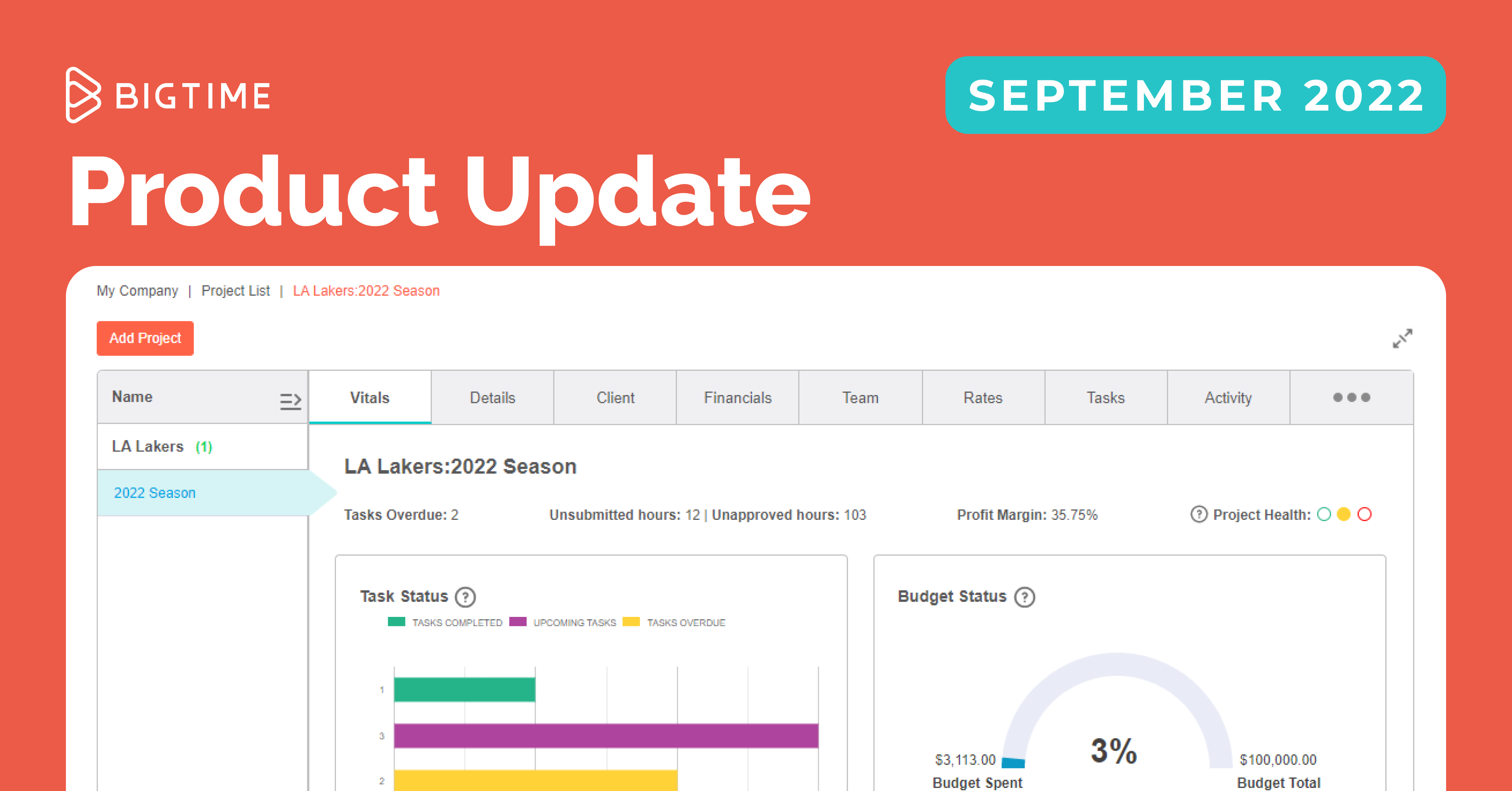 Did you know it can be anywhere from five to 25 times more expensive to gain a new customer, than retaining an existing one? All the time and resources that go into earning a new client can add up quickly, for any size firm. On top of that, research done by Frederick Reichheld of Bain & Company shows that improving your customer retention rate by just 5% increases profits by 25-95%.
Did you know it can be anywhere from five to 25 times more expensive to gain a new customer, than retaining an existing one? All the time and resources that go into earning a new client can add up quickly, for any size firm. On top of that, research done by Frederick Reichheld of Bain & Company shows that improving your customer retention rate by just 5% increases profits by 25-95%.
With data like that, it makes sense why customer retention or customer churn, depending on if you see the glass half full or empty, is a major KPI for professional services firms.
But then what?
On the surface, it can feel like there’s little control a firm can have over what it’s clients do, but in reality, improving retention starts internally.
How to Improve Client Retention Through Internal Operations
Focus on your employees
Interestingly enough, client churn is directly tied to employee churn. When a client selects to work with your firm, they may originally sign-on for your firm’s reputation or the strategy you propose to tackle their work. The reason they stay goes beyond that, clients like to know that their business and needs are fully understood. Consistency is key to building this trusting relationship between your staff and clients. If a client is constantly being shifted to a new team or staffer, it’s will always feel like a new firm to them.
Weigh out your options for investing more in your employees. Get honest feedback as to what improvements staffers are looking for in the company culture and benefits. As stated earlier, you may be surprised by how much new clients are costing your firm, and be able to reprioritize that spend towards your employees first.
Improve resource allocation
Going hand-in-hand with employee retention, a big piece of your operations that impacts your clients’ experience with your firm is how you manage staff capacity. If you’re still using Excel to plot out employee schedules and spending extra time meeting about each staffer’s status, chances are things aren’t as efficient as they could be.
From a client’s perspective, they’d like to have the best team on their project and feel as though all their tasks and deadlines are prioritized. Internally, you know trying to accommodate everyone’s needs can become a massive web.
Using resource allocation software to manage your staff streamlines this whole process. The software pulls in the employee’s tracked time and already assigned projects and tasks, so project managers can automatically see who is available to take on the workload. From there, you can also view staff of the same job function, or the whole project team, in case you need to reassign or shift any tasks. Having these insights ensures you’re mapping out your staff capacity at optimal efficiency and makes it simple to assign each client with the best employee for the job.
Be proactive with transparent communication
Better communication solves many of life’s challenges, so although it seems basic, it’s worth mentioning. When we get so caught up in our individual work, it’s easy to forget about communicating properly with the rest of your firm and clients. From the get-go create open and transparent communication for each tier of your firm: management to staff, project managers to consultants, and project teams to clients.
Especially with clients, being proactive with sharing information on the status of their project and budget updates helps them have a better understanding of the effort your firm is putting into the work and builds trust. If you wait to retroactively tell them the project is now behind, or a budget has gone over, they’re more likely to be upset and have a negative experience.
Having a formal escalation process internally is a good place to start. This takes the guesswork out of what is appropriate to tell the client, by giving staff a guideline to follow. Also, don’t forget the value of leading by example. Initiate internal town halls, be a regular to team meetings, all the little things that can make stronger communication a habit.
These ideas may take time, but in the end, building up your firm from the inside out will create a chain reaction in improvements. Clients will notice, relationships will become stickier, and your revenue will increase. There’s no harm is still going after new engagements, just don’t forget about all the potential you already have.
Learn more about how resource management software would work for your firm, by requesting a product tour of BigTime.





